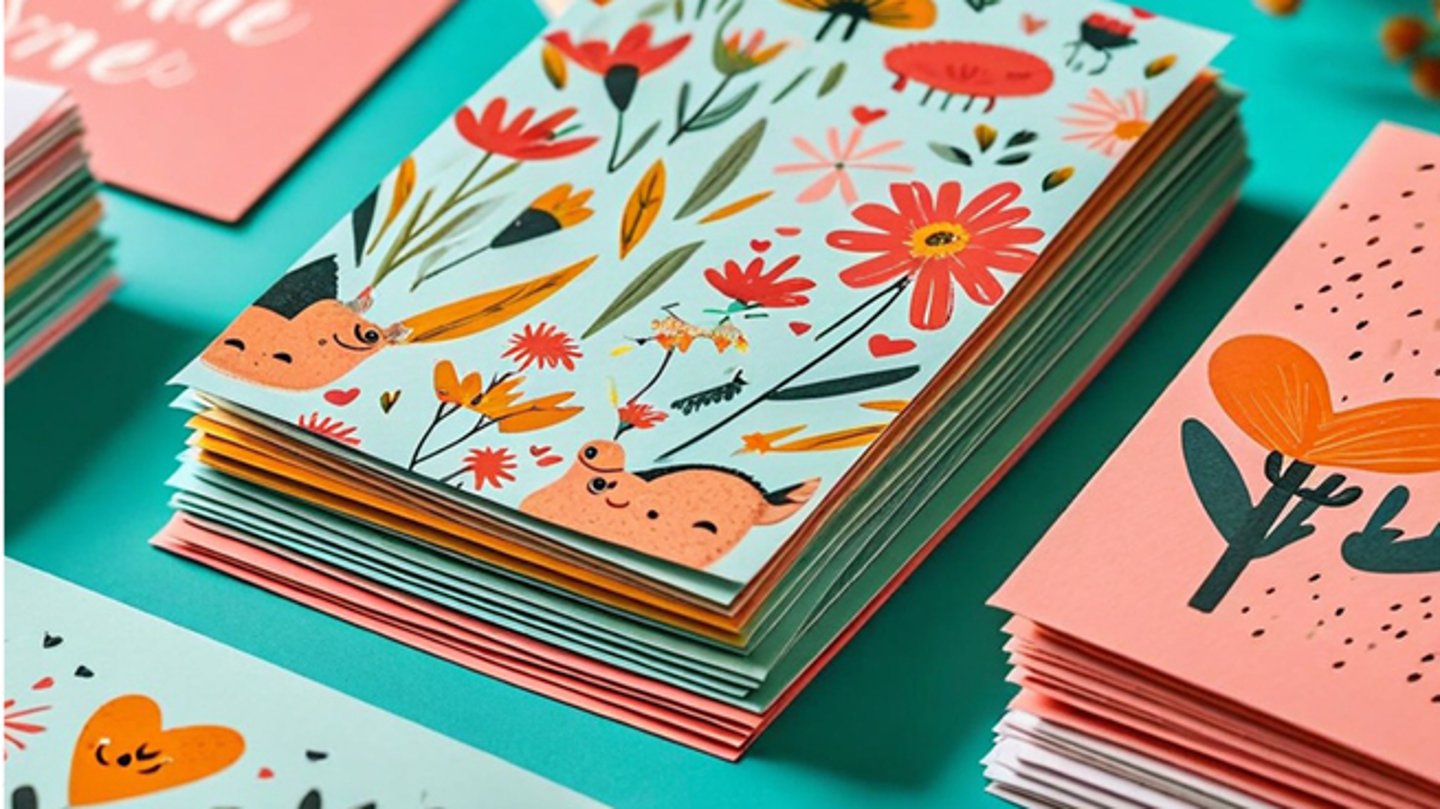In a digital world, there’s still an appetite for greeting cards
As the world becomes more and more digitized, paper greeting cards are still having a moment. Not only has the category maintained its place as a key way of nurturing connections, but research shows greeting cards are favoured by younger demographics who aren’t afraid to spend on premium options.
“The overall health of the greeting card industry has been relatively strong and actually saw some growth during COVID,” says Carlos LLanso, director of strategic initiatives at the U.S.-based Greeting Card Association. “In this category, we see that millennials really value connections and nurture relationships in ways that previous generations just haven’t.”
In fact, a 2023 U.S. survey by OnePoll and Shutterfly showed 62% of millennials and 59% of generation Zs favoured physical cards over digital ones.
READ: Shoppers looking to spend more this Valentine’s Day
LLanso says generation Zs and millennials, in particular, relish celebrating each other on numerous occasions and “don’t bat an eye” at spending up to US$7 a card to do it. “In a world where everything is fast and easy with social media, this is the antithesis of that … so, there is a kind of intentionality millennials have with buying cards.”
Paul Werynski, president of Carlton Cards, says today’s technology can enhance the importance of card-giving. “Those who appreciate the art of communication utilize various social tools to grow their relationships; however, for truly meaningful connections, they still take the time to send a physical card, fulfilling their desire for authentic connection,” he says
While forecasts from the 2025 Greeting Cards—Global Strategic Business Report project the global greeting card market will decline in value from US$17.2 billion to $14.5 billion between 2023 and 2030, Kantar’s senior global thought leader Barry Thomas says it’s still a category retailers should be on top of. “We now have shoppers that are living in a perma-crisis, so anything a brand and retailer can do … to reduce stress and create positive moments through cheery cards is a good thing,” he says.
Consumers also expect to find cards to mark multiple occasions. “Individuals are now recognizing and celebrating life moments that may have been overlooked in the past or were not openly discussed such as divorce parties, celebrations for being in remission or commemorating milestones like paying off student loans or mortgages,” says Werynski.
Looking at digital trends in the category, Kantar’s Thomas points to industry giants such as Hallmark that are finding creative ways to bridge mediums. In 2023, Hallmark partnered with Venmo to produce physical cards embedded with a code that recipients can scan to receive monetary gifts. He also points to opportunities for impulse buys of greeting cards on e-commerce sites that grocers aren’t currently taking advantage of.
READ: An on-trend floral department helps grocers connect with customers and drive profitability
Meanwhile, Canadian retailers finding success in the category say having a good variety of curated, premium cards is proving effective. With customers’ growing interest in sustainability, Rabba offers select greeting cards from Hazy Jean, a Canadian, female-owned, family-run business based in Toronto that uses plant-based inks on paper certified by the Forest Stewardship Council.
Cards by local artists are also a key part of the selection at Stems by Stong’s, a free-standing floral shop owned by Stong’s Market in B.C. “We have expanded our card offering over the past year due to the demand of sales and interest from our customers,” says Stacy Smith, store manager at Stems by Stong’s Northwoods Village location. “Greeting cards are one of our top three bestsellers every week.”
Kamea Baker, floral category manager at Summerhill Market in Toronto, says she relies on the expertise of suppliers, such as Paper E. Clips, to choose styles that are resonating with customers. “Merchandising the cards around gift items like florals or candles is usually best, because they pair together,” says Baker, noting slot walls are optimum because they take up less space and clearly display the variety of cards available. “I believe that as long as people are giving out physical versus virtual gifts, paper cards will continue to have a place.”
This article was first published in Canadian Grocer’s February 2025 issue.





